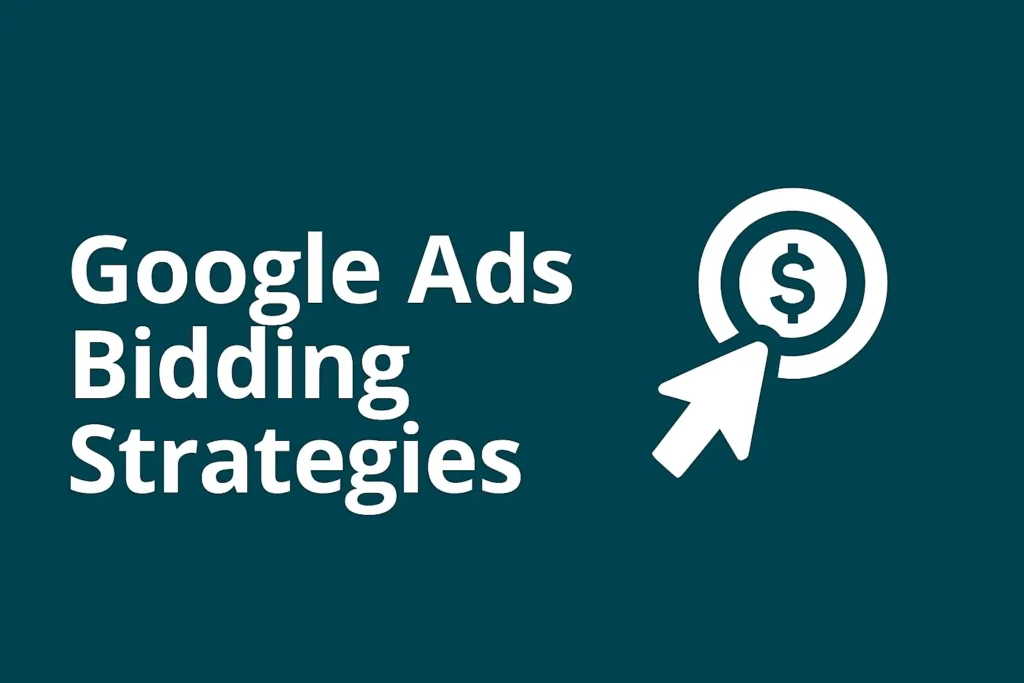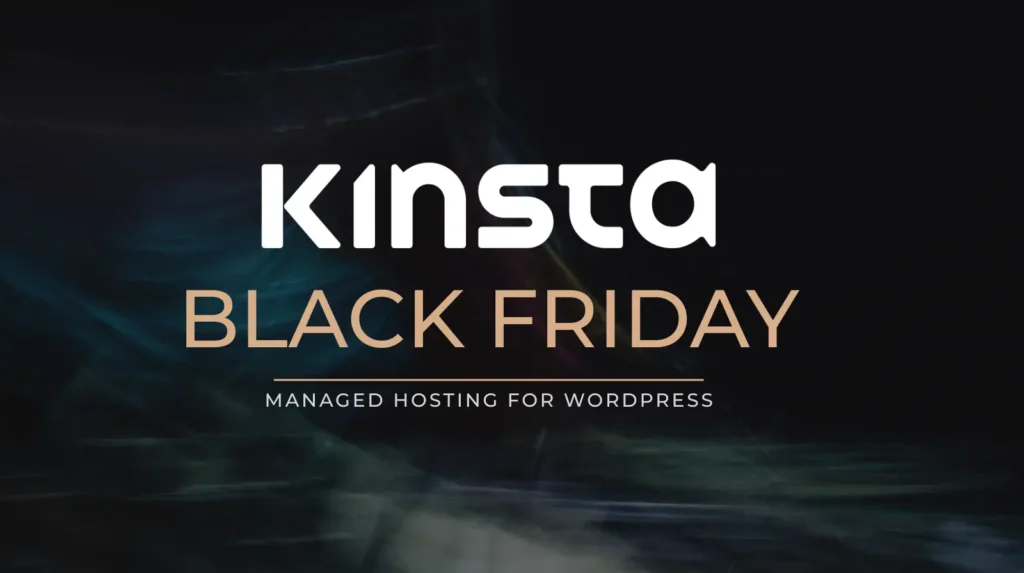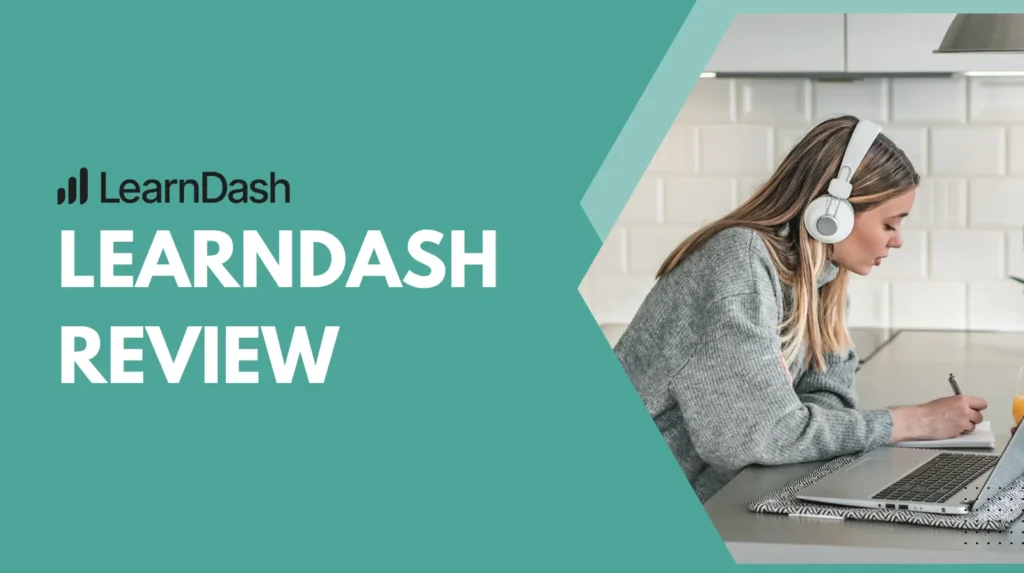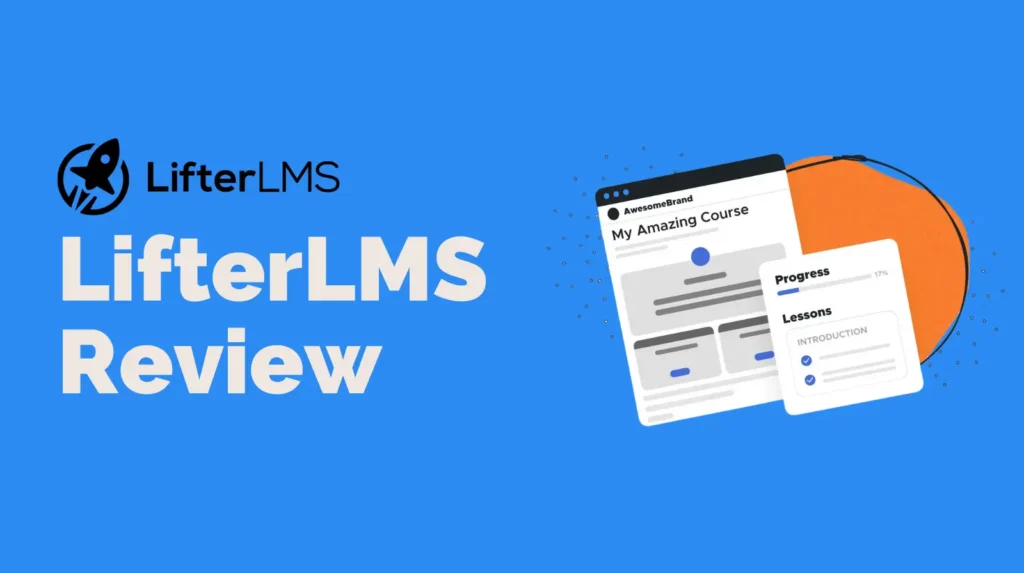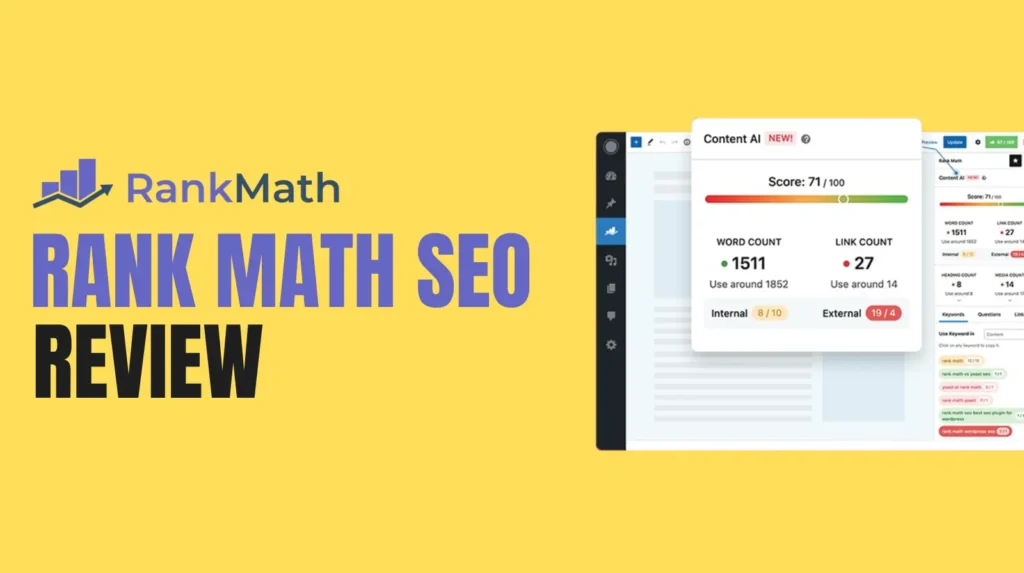In the AI-driven landscape of Google Ads in 2025, your bidding strategy is the engine of your campaign’s success. Choosing the right one is the single most critical factor that determines whether you maximize Return on Ad Spend (ROAS) or drain your budget with minimal results. With Google’s machine learning becoming more sophisticated, understanding how to leverage automated and manual bidding is non-negotiable.
This expert guide breaks down the 11 essential Google Ads bidding strategies. We’ll explore which strategy aligns with specific business goals from driving conversions to maximizing brand awareness so you can make an informed, profitable decision.
Automated vs. Manual Bidding: Which Path to Choose?
Google Ads offers a spectrum of bidding controls, but the choice primarily boils down to automation versus manual management.
- Automated Bidding: These strategies use Google’s advanced machine learning to optimize bids for you in real-time. The algorithm analyzes thousands of signals (device, location, time of day, user behavior) to predict the likelihood of a conversion and adjust bids accordingly. This is Google’s recommended approach for most advertisers.
- Manual Bidding: This strategy gives you full control to set bids at the ad group or keyword level. While it offers maximum control, it’s time-intensive and often less effective than Google’s AI, which can process far more data than any human.
Expert Take: For 95% of advertisers in 2025, a well-implemented automated strategy will outperform manual bidding. The key is to feed the algorithm high-quality data. That starts with flawless conversion tracking in Google Analytics, which is the foundation of any successful conversion-focused campaign.
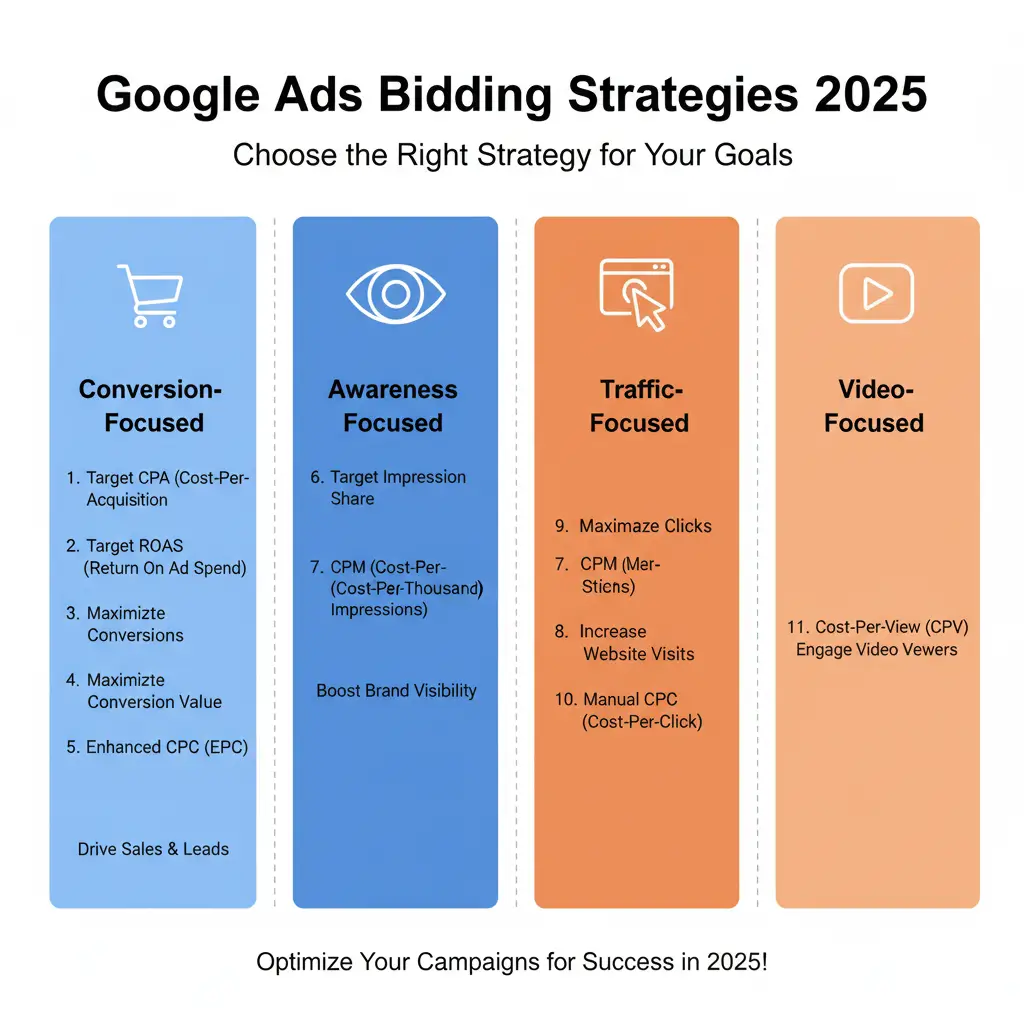
Conversion-Focused Bidding Strategies
If your goal is to generate leads, sales, or other valuable user actions, these strategies should be your top priority.
1. Maximize Conversions
This strategy tells Google’s AI to get you the most conversions possible within your daily budget.
- Best for: New campaigns focused on lead generation or for advertisers who want to generate a high volume of conversions without a strict cost-per-action target.
- Pros: Simple to set up and very effective at driving conversion volume.
- Cons: You don’t control the cost per conversion, which can fluctuate.
2. Maximize Conversion Value
Similar to the above, but this strategy focuses on generating the highest total revenue or value from conversions, not just the highest number.
- Best for: Ecommerce businesses with products at varying price points.
- Pros: Optimizes for profitability by prioritizing high-value transactions.
- Cons: Requires accurate conversion value tracking to be set up.
3. Target CPA (Cost-Per-Acquisition)
With tCPA, you set a specific cost you’re willing to pay for a conversion, and Google will aim to hit that average.
- Best for: Advertisers with a clear, established customer acquisition cost (CAC).
- Pros: Provides excellent control over lead and sale costs.
- Cons: Requires a history of at least 15-30 conversions in the last 30 days to work effectively. Setting an unrealistically low CPA will severely limit campaign volume.
4. Target ROAS (Return On Ad Spend)
This strategy aims to maximize conversion value while targeting a specific return on your ad spend. For every $1 you spend, if you want $5 back in revenue, you’d set a Target ROAS of 500%.
- Best for: Established ecommerce businesses focused on scaling profitability.
- Pros: Directly optimizes for profit margins.
- Cons: Highly dependent on accurate conversion value tracking and needs significant conversion history (50+ conversions in 30 days is ideal).
5. Enhanced Cost-Per-Click (ECPC)
ECPC is a hybrid strategy that works with Manual CPC. It allows Google to automatically adjust your manual bids up or down if it thinks a click is more or less likely to lead to a conversion.
- Best for: Advertisers who want to retain some manual control but still benefit from Google’s auction-time optimization.
- Pros: A great stepping stone from manual bidding to fully automated strategies.
- Cons: Less powerful than fully automated strategies like Target CPA or Target ROAS.
Awareness-Focused Bidding Strategies
When your primary goal is to get your brand name and message in front of as many relevant people as possible.
6. Target Impression Share
You set a goal for what percentage of eligible auctions you want your ad to appear in (e.g., 80% of all searches for a keyword).
- Best for: Brand awareness campaigns or dominating the search results for specific branded terms.
- Pros: Maximizes visibility and ensures your ad is seen.
- Cons: Does not optimize for clicks or conversions and can be expensive.
7. Cost-Per-Thousand Impressions (CPM)
You bid and pay for every thousand times your ad is shown. This is used primarily for Display and YouTube campaigns.
- Best for: Large-scale branding campaigns where reach is the main KPI.
- Pros: Cost-effective way to reach a broad audience.
- Cons: You pay for impressions, not engagement, so there’s no guarantee of clicks.
8. Viewable CPM (vCPM)
An evolution of CPM where you only pay when your ad is considered “viewable” (at least 50% of the ad is on-screen for one second or more).
- Best for: Advertisers who want to ensure their Display ads are actually seen.
- Pros: A much better measure of true brand exposure than standard CPM.
- Cons: Higher cost per impression than standard CPM.
Traffic-Focused Bidding Strategies
Use these when your main goal is simply to drive visitors to your website.
9. Maximize Clicks
Google automatically sets your bids to get as many clicks as possible for your budget.
- Best for: Campaigns with a goal of driving high traffic volumes, or to gather initial data in a new account.
- Pros: Very simple to set up and effective for maximizing website visitors.
- Cons: Does not optimize for traffic quality or conversions, which can lead to a high bounce rate.
10. Manual Cost-Per-Click (CPC)
The classic approach where you set your own maximum bid for each keyword.
- Best for: Expert advertisers who require granular control over specific keywords and want to manage bids manually.
- Pros: Total control over your bids.
- Cons: Extremely time-consuming and cannot compete with the real-time, signal-based bidding of Google’s AI.
Video-Focused Bidding Strategy
11. Cost-Per-View (CPV)
Specifically for video campaigns on YouTube, you pay when a viewer watches 30 seconds of your video (or the entire video if it’s shorter) or interacts with it.
- Best for: YouTube advertising campaigns focused on engagement and brand storytelling.
- Pros: Cost-effective way to get your video message in front of a targeted audience.
- Cons: Limited to video campaigns only.
The Rise of Performance Max (PMax)
No 2025 guide is complete without mentioning Performance Max. PMax is not a single bidding strategy but a goal-based campaign type that uses full automation. You provide the goals (e.g., a Target CPA), assets (text, images, videos), and audience signals, and Google’s AI automatically runs your ads across all its channels (YouTube, Display, Search, Discover, Gmail, and Maps) to achieve your goal. It internally uses a combination of smart bidding strategies like Target CPA and Target ROAS to deliver results.
Expert Take: PMax is the future of Google Ads. For ecommerce and lead generation, it has proven to be incredibly powerful. Start by building strong standard Search and Shopping campaigns, then layer in PMax to capture additional conversions across the entire Google network.
Conclusion: Aligning Strategy with Goals
Choosing the right bidding strategy is the foundation of a profitable Google Ads campaign. In 2025, the clear path forward is to embrace Google’s automated, AI-powered strategies. Start with a broad strategy like Maximize Conversions to gather data, and once you have a consistent conversion history, transition to a more precise strategy like Target CPA or Target ROAS to scale your results.
Always remember to monitor performance and be willing to test different strategies. By aligning your bidding with your specific business objectives, you can unlock the full potential of Google Ads and achieve a significant return on your investment.


